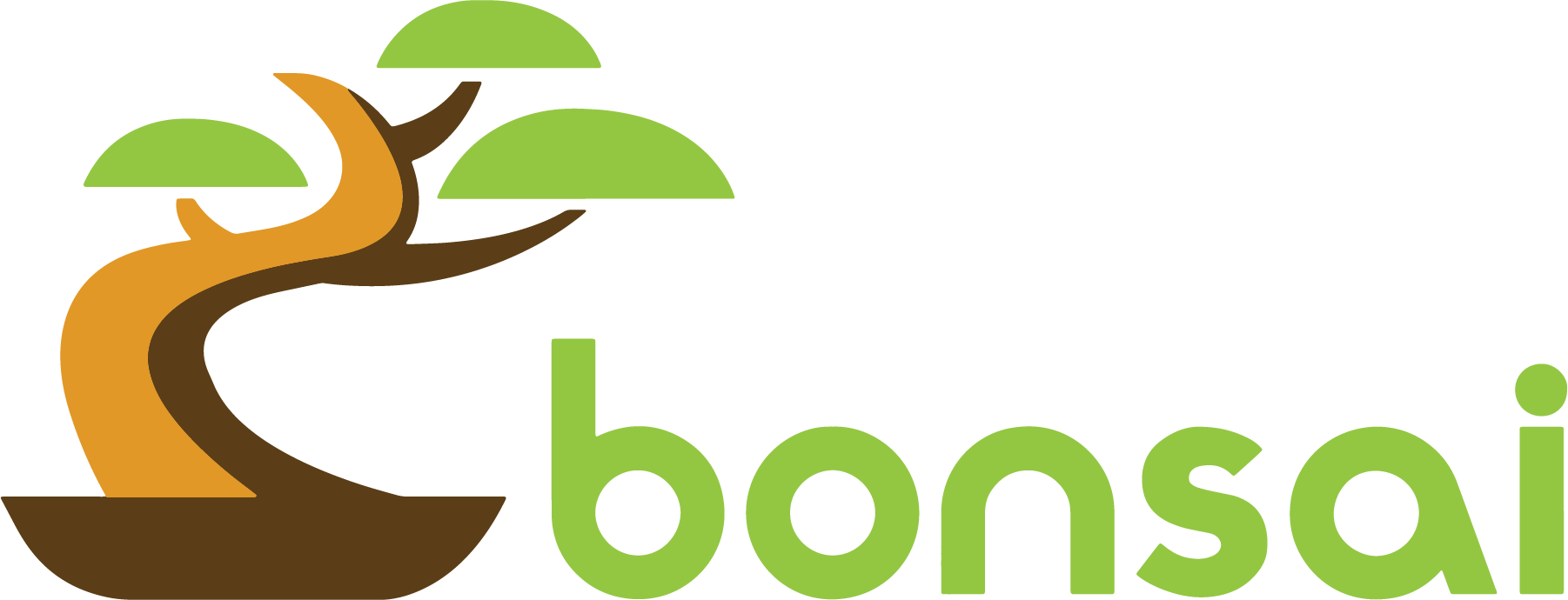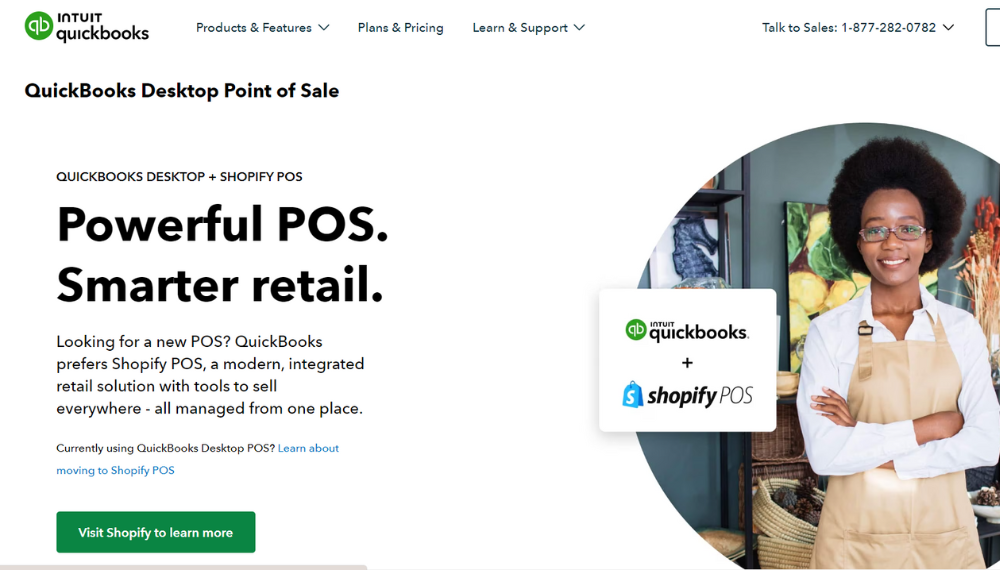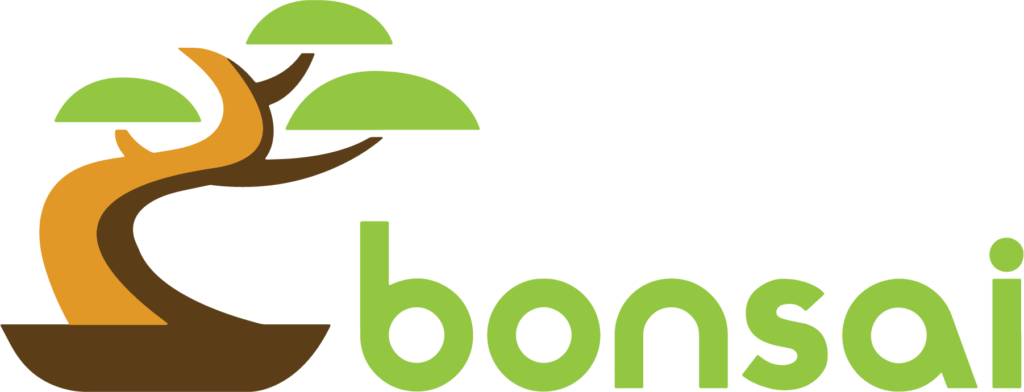The salon industry is a growing market with a projected compound annual growth rate of 3.5% from 2021 to 2028. This growth potential, combined with a strong demand for high-quality salon services, presents a significant opportunity for a new salon startup.
Based on market research and financial projections, estimate a total startup cost of $150,000. This includes equipment, supplies, staffing, and working capital.
What a Salon Startup Costs Are?
Starting a salon business can be an exciting and rewarding venture. However, it also requires careful planning and budgeting to ensure the business is financially viable. One of the most critical aspects of starting a salon business understands the startup costs involved. Startup costs refer to the expenses that a business incurs in the early stages of its operations. In the case of a salon business, startup costs include leasing space, purchasing equipment and supplies, marketing and advertising, and hiring staff. Understanding the startup costs of a salon business is essential for several reasons.- It helps to determine the overall financial feasibility of the business.
- It allows salon owners to create a realistic budget and plan for financing the business.
- It helps salon owners to manage their cash flow and ensure that they have sufficient funds to cover expenses during the early stages of the business.
Factors to Consider When Calculating Startup Costs
Starting a salon business requires a significant upfront investment to get the business off the ground. Here are some of the essential factors to consider when calculating startup costs for a salon business:- Rent and Leasehold Improvements:
- Equipment and Supplies:
- Inventory and Retail Products:
- Marketing and Advertising Costs:
- Staffing and Training Expenses:
- Licenses and Permits:
- Insurance Costs:
- Legal and Accounting Fees:
Estimating Startup Costs
Estimating startup costs is a critical step in launching a new business. It involves identifying and calculating all the expenses that will be incurred before the business starts generating revenue. This process helps you determine how much money you will need to start and operate your business until it becomes profitable. The following are the steps involved in estimating startup costs:- Identify all the expenses: List all the expenses you expect to incur before your business generates revenue. These expenses can be categorized into one-time costs (equipment, legal fees, and initial inventory) and ongoing costs (rent, utilities, salaries, and marketing).
- Research the costs: Research the costs of each item on your list. You can get quotes from suppliers for some expenses, such as equipment and supplies. You should research industry standards or get expert advice for other expenses, such as rent and salaries.
- Estimate the cost: Based on your research, estimate the cost of each item on your list. Be sure to include all related expenses, such as shipping and taxes.
- Add up the costs: Add up all the estimated costs to arrive at the total startup cost.
- Consider contingency: It's a good idea to add a 10-20% contingency buffer to account for unexpected expenses to the total startup cost estimate.
- Review and adjust: Review your estimates and adjust them as necessary. You may need to trade between different expenses to bring the total startup cost within your budget.
- Spreadsheet: Create a startup cost worksheet using a spreadsheet like Microsoft Excel or Google Sheets. List all the expenses in the first column and the estimated costs in the second column. Use formulas to calculate totals and subtotals automatically. You can also use a spreadsheet to create charts and graphs to visualize your startup costs.
- Online tools: Several online tools help you estimate your startup costs. Some popular options include:
- Gust Launch: This tool offers a startup cost calculator that helps you estimate the cost of incorporating your business, registering for taxes, and other startup expenses.
- Bplans: This website offers a free startup cost calculator that helps you estimate the cost of starting a business in various industries.
- StartupNation: This website offers a free startup cost calculator that helps you estimate the cost of starting a business based on your location, industry, and other factors.
Tips for Minimizing Startup Costs without Sacrificing Quality
- Start small: You don't need to have everything perfect from the start. Focus on the essentials and add more as your business grows.
- Consider alternatives: Look for cheaper alternatives to expensive equipment or services. For example, leasing instead of buying equipment or outsourcing tasks to freelancers.
- Negotiate: Negotiate with suppliers and vendors to get better deals. They may be willing to offer discounts or flexible payment terms.
- Use free or low-cost resources: Take advantage of free resources such as open-source software, free online tools, and low-cost marketing channels like social media.
Financing Options for Salon Startup Costs
Financing a salon startup can be challenging, but several options are available to salon owners. In this answer, we will provide an overview of financing options for salon owners, including loans and grants, the pros and cons of each option, and tips for preparing a successful loan application.- Small Business Administration (SBA) Loans
- Traditional Bank Loans
- Crowdfunding
- Grants
Tips for Preparing a Successful Loan Application
- Review your credit score: Lenders will review your credit score as part of the loan application process. Make sure your credit score is strong before applying for a loan.
- Create a detailed business plan: Lenders will want to see a detailed business plan that outlines your salon's goals, target market, and financial projections. Make sure your business plan is thorough and well-researched.
- Gather financial statements: Lenders will want to see financial statements, including balance sheets, income statements, and cash flow statements. Make sure you have these documents prepared in advance.
- Provide collateral: If you're applying for a secured loan, you must provide collateral, such as equipment or real estate. Make sure you have documentation for any collateral you're offering.
- Be prepared to negotiate: Lenders may offer less favorable terms than you'd like. Be prepared to negotiate to get the best possible terms for your salon.
Managing and Tracking Salon Startup Costs
Managing and tracking salon startup costs is critical to the success of your business. By closely monitoring your expenses, you can ensure that you are operating within your budget and avoid overspending or unexpected financial surprises. Tracking your salon startup costs can help you make informed pricing, marketing, and staffing decisions.Using accounting software
One effective way to manage and track salon startup costs is by using accounting software. Many software options are available to salon owners, including QuickBooks, FreshBooks, Xero, and Wave. These tools can help you track expenses, generate invoices, and create financial reports. Some accounting software also offers features such as inventory management and payroll processing. The most widely used accounting software:BonsaiPOS
BonsaiPOS is a cloud-based POS system that is becoming increasingly popular among small and medium-sized businesses. It offers numerous features that enable them to effectively manage their operations, such as tracking customer data, monitoring sales, and making more informed decisions. Businesses that utilize BonsaiPOS are able to take their operations to the next level, making it an invaluable asset for convenience stores. It offers various POS Options:- Bonsa Pro Station (without Scanner), standard with Pax ABO
- Bonsa Pro Station (without Scanner), Upgraded with Pax A920 Pro
- Bonsa Pro Station (with Scanner), standard with Pax ABO
- Bonsa Pro Station (with Scanner), Upgraded with Pax A920 Pro
- Bonsai Lite Station
Key features of BonsaiPOS
Here are some of the reasons why BonsaiPOS is an attractive option for any stores owner:- BonsaiPOS is specifically designed to be versatile and accommodating, allowing it to be used with a selection of devices, such as:
- iPad 10th Generation
- Click iPad Stand
- Pax ABO
- Pax A920 Pro
- MC-Print3 Bluetooth Printer
- Cash Drawer
- Star Micronics Barcode Scanners
- Track sales and inventory in real-time with BonsaiPOS
- Access various reports to analyze sales data and make informed decisions
- Create customer profiles, track purchase history, and offer loyalty rewards
- Send targeted marketing campaigns based on purchase history and preferences
- Affordable option for small and medium-sized businesses
- Offered on a subscription basis, with various plans
- Intuitive design allows for instant us
Tracking Expenses and Revenue
To stay organized and monitor cash flow, it is essential to establish a system for tracking expenses and revenue. This may involve creating a budget, setting financial goals, and regularly reviewing your financial statements. You should also keep detailed records of all transactions, including receipts and invoices, and reconcile your accounts regularly. Tips for staying organized and monitoring cash flow include:- Separate personal and business finances to avoid confusion and ensure accurate accounting.
- Use digital spreadsheets or accounting software to track expenses and revenue.
- Review your financial statements regularly to identify areas where you may be overspending or underperforming.
- Set aside funds for unexpected expenses and emergencies.
- Consider working with a financial advisor or accountant to help you manage your finances effectively.





